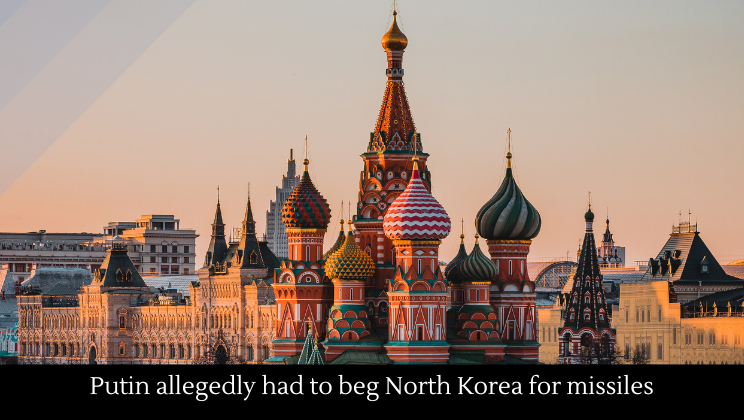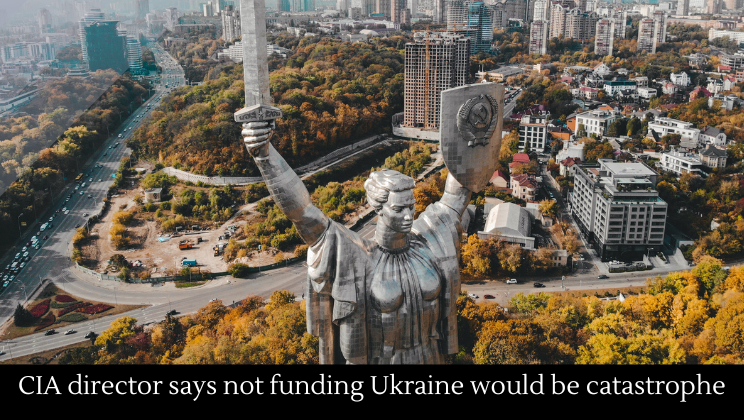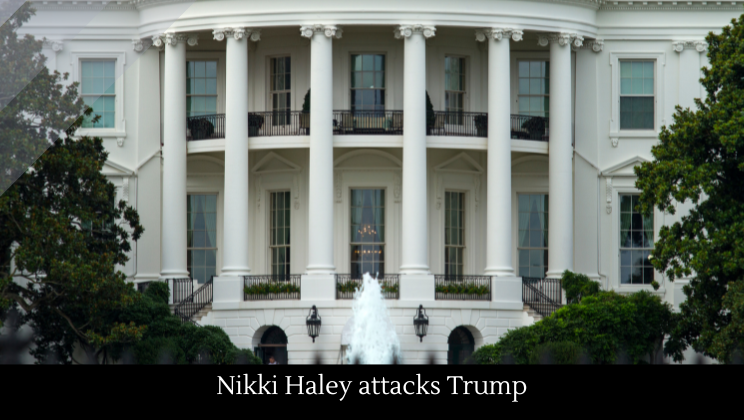Putin allegedly had to beg North Korea for missiles
Posted by Annie May / January 9, 2024
The situation in Ukraine has taken a concerning turn as Russia reportedly launches North Korean-made ballistic missiles, specifically KN-23 solid-fuel rockets, from positions just north of the Russia-Ukraine border. Allegedly, Putin had to beg North Korea for those missiles.
Analysts suggest that these missile attacks may have caused significant damage, targeting Ukrainian army logistics bases and destroying valuable tanker trucks. The KN-23s, weighing 7,500 pounds and equipped with 1,100-pound warheads, represent a significant escalation in Russia’s 23-month-long war on Ukraine.
What makes this development alarming is that international sanctions prohibit North Korea from exporting its ballistic missiles. Still, Russia seems to be in possession of these missiles, suggesting a disregard for sanctions and a willingness to escalate the conflict without fearing a serious response from Ukraine or its allies.
According to U.S. national-security spokesperson John Kirby, Pyongyang supplied Moscow’s forces with rockets and launchers. The KN-23, an inertially-guided missile, typically launches from a wheeled transporter-erector-launcher, has a range of approximately 400 miles, and is designed to strike within 35 yards of its aim point. While it may not be a super-weapon, its deployment poses a significant threat, especially considering Ukraine’s limited air-defense capabilities.
Ukraine’s best air-defense system, the Patriot PAC-2, is effective against Russia’s Iskander ballistic missile, which is similar to the KN-23. However, Ukraine only has three Patriot batteries, leaving several cities vulnerable to ballistic missile attacks. The recent KN-23 attacks targeted Zaporizhzhia in southern Ukraine, a city without Patriot cover.
In response, Ukraine faces challenges in countering the KN-23 attacks. Its own Tochka-U ballistic missiles have a limited range of around 75 miles, and there are uncertainties about the effectiveness of long-range attack drones or modified S-200 surface-to-air missiles in targeting KN-23 systems on the ground. Additionally, the Ukrainians may struggle to detect the KN-23 before launch, further complicating their ability to respond effectively.
While Ukraine could consider asymmetrical responses, such as targeting Russian rear-areas, it faces limitations in its munitions production and relies on allies for its weaponry. The United States, a crucial ally, has been hesitant to provide large numbers of powerful weapons. The White House’s proposal to spend $61 billion arming Ukraine in 2024 has faced opposition from pro-Russia Republicans in the U.S. Congress, delaying crucial support for Ukraine in the face of escalating attacks.
As a result, Russia’s ability to deploy North Korean-made missiles at an increasing rate poses a significant threat to Ukraine, which is left with limited options for a robust counter-response without adequate support from its allies, particularly the United States.












Comments are off for this post.